
As the ongoing coronavirus outbreak refuses to relent, there is growing concern about our immediate future. One of the most important things for our survival, as we are quarantined at home, is, of course, food. Going out to the grocery store too, unfortunately, has become fraught with risk presently. So what is the safe option then?
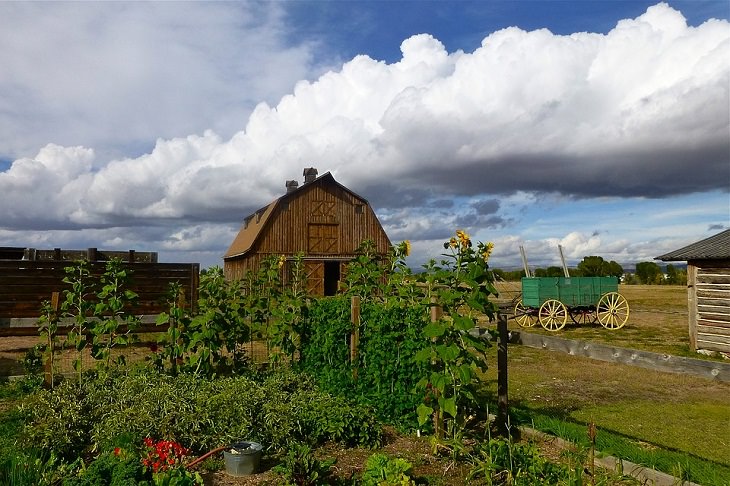
This is an ideal time, perhaps, to start focusing on growing your own food. For that, you will need to prepare a survival garden. This age-old art of gardening is great for providing food security in times of crisis. Even if you don’t have a large enough space for a garden, you can still grow enough food to support yourself and your family until this pandemic is over. Also, even when the current danger subsides, you can keep indulging in your survival vegetable garden as it will continue to give you fresh, nutritious fruits and veggies.
There are a lot of things to consider before you begin planning your survival garden. Here are a few important yet simple tips that should help.

There are plenty of things that are important for your survival garden but the location is the most crucial. Choose a growing area that has plenty of light. It might be your backyard, front lawn, or even your balcony. But your plants should get at least 8-12 hours of uninterrupted sunlight to grow properly. For most people living in urban areas, a balcony, or even a small backyard would be good enough to build your emergency survival garden. If you live in a hot area, a bit of sunshine shade will also be required.
Containers and potting soil will also be useful if you are constrained for space for your survival garden. For a small backyard or balcony, container gardening will actually be the best option as it will save you maximum space. Map the area you can utilize for the garden thoroughly and then decide how many containers you can use. Get a handful of containers and be creative about their positioning.
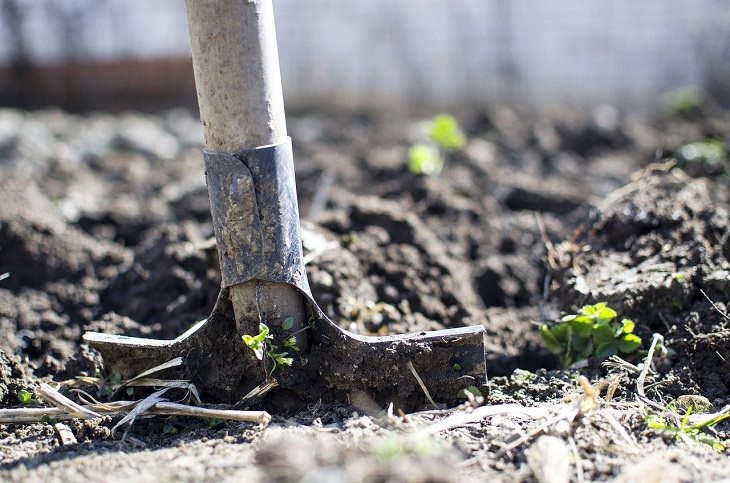
Since survival gardening is continuous you must let the soil rest. Remember, that even if you have backyard soil available you cannot relax. There are several plants that grow only with specific soil, especially when they are grown in containers. Thus, the best option for you is to get bags of potting soil to fill your containers. Get a general estimate of the number of containers you will be using for the plants and then buy some extra bags of soil just to be safe. You will find many high-quality potting soils depending on your needs.
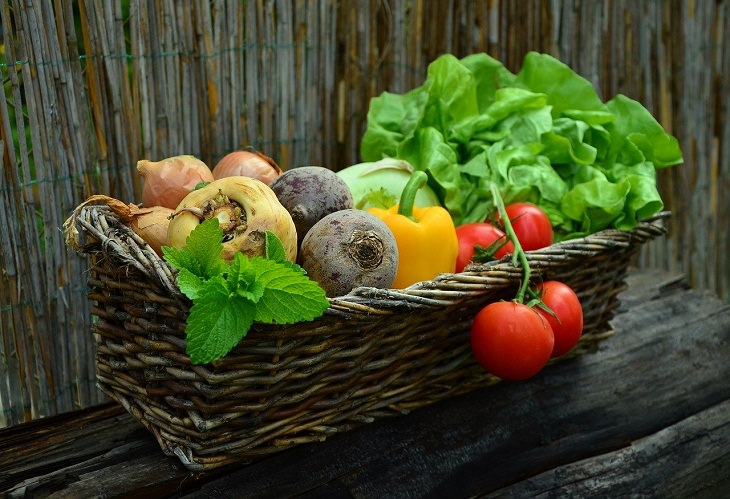
You must consider various factors before deciding what plants to grow in your survival garden. Be mindful of the growing season in your area and also take note of what grows well there. For instance, if you have long winters with little sunshine where you live, a heated greenhouse would be a better idea for an emergency garden.
Another factor to consider is what plants will provide the most yield. Generally, some plants will do well for most of the gardens. Here are some of the plants you can consider for your survival garden as they are rich in nutrients and grow well in most areas: potatoes, corn, beans, tomatoes, broad beans, pumpkins, onions, leeks, and beetroots.
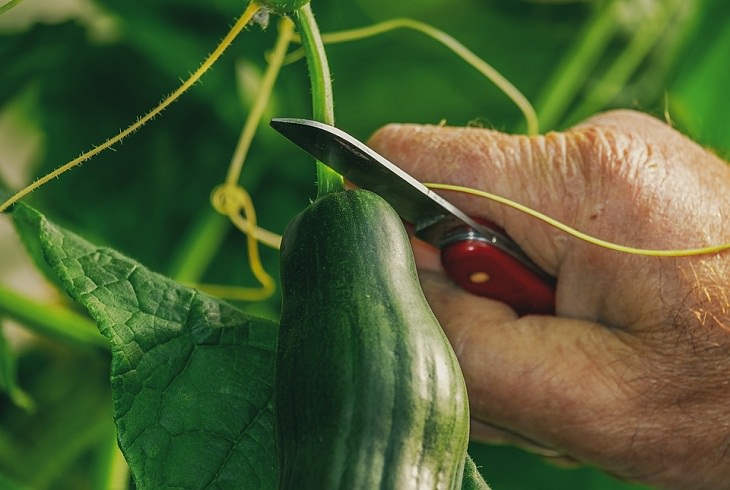
Your survival garden will really come of real use if you grow food that can be stored for a long period of time. Cucumber, peppers, tomatoes, corn, beets, lettuce, cabbage, beans, and soybeans are some of the items that you should consider as they won’t just last long but you can also pickle, dry and preserve them for an extended period of time.
Of course, don’t forget that plants like garlic, sweet potato, parsnips, winter squash, onions, beets, turnip, pumpkin, and potato also store very well.
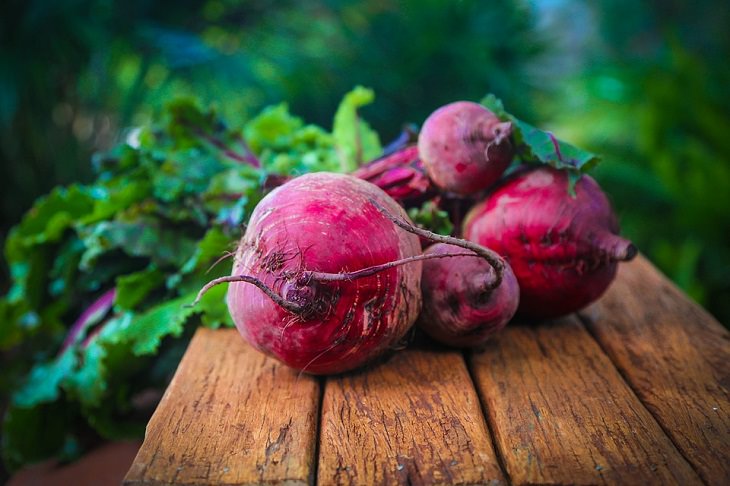
A survival garden must have a variety of different veggies to ensure that you get all the required nutrients for your body. This will especially come in handy when you can’t venture out of your home to buy food products or supplements.
Leafy greens such as spinach, kale, swiss chard, collard, and beet greens will be great for iron. Peas, beans, or root vegetables will do well for your carbohydrates. Chili peppers, berries, tomatoes, kiwis, citruses, or sprouts will be wonderful for vitamin C. For general vitamins and folic acid you can opt for asparagus, cucumber, Brussels sprouts or beets.
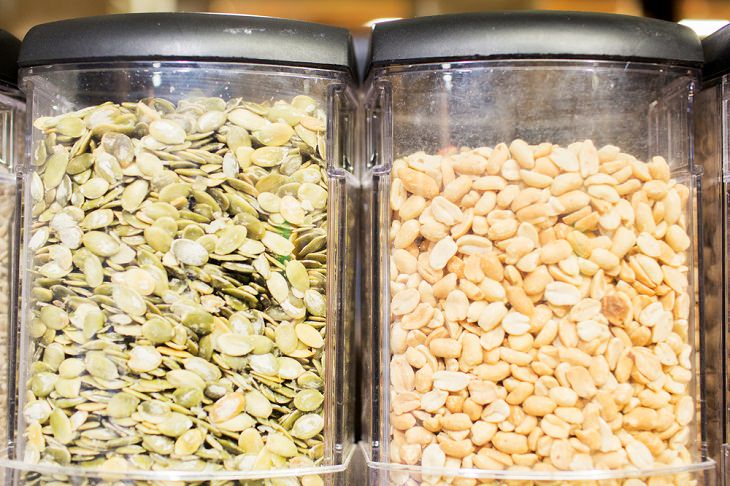
After you have chosen the plants you want to grow for your survival garden the next prudent step would be to store your seeds until you are ready to use them. A majority of seeds last several years in storage. This will ensure that you can keep planting vegetables throughout the year in your emergency garden. However, you must check the exact lifespan of your seeds as it does vary from plant to plant.
To maximize the life of your seeds, store them in a cool, dry place in a closed container. A freezer will also work if you have the necessary space. However, if you are storing the seeds in a freezer don't bring them out immediately to the sun as they might get damaged.

Picking the seeds and watering them won’t be enough. You will also need to ensure that you fertilize the soil. Without it, even the vegetables that are planted in quality soil can wither and die. Thus, it would be better if you keep bags of some good commercial fertilizer around for safety. Do remember, though, that different fertilizers have their advantages and disadvantages and you have to pick one according to your needs. Organic and solid fertilizers have a slow release but are good. Non-organic fertilizers do have a fast release but do not add any long-term value to the quality of your soil. However, if you are trying to revive a starving plant then non-organic fertilizers are the best.
It will also be important to research the plants you plan to plant and note down how often they require fertilization.
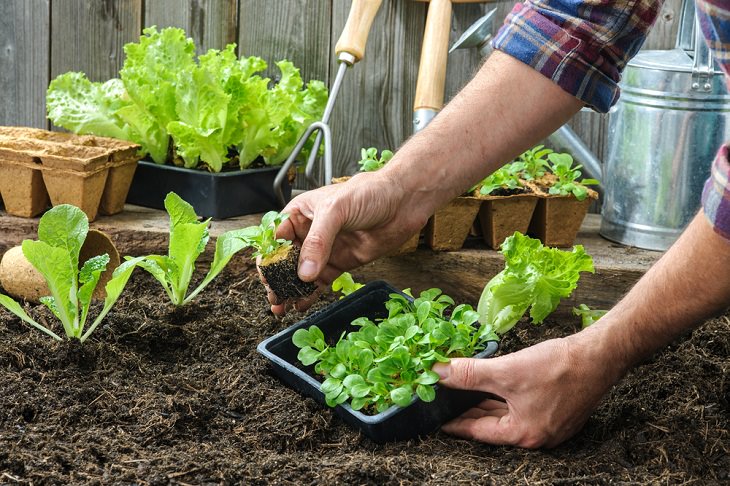
Gardening requires a lot of patience. Anyone who has had even a mild interest in gardening would know this. For making an emergency survival garden, you would require plenty of patience to get your desired results. Remember, a good crop will not grow overnight. You have to plant the seeds that will blossom into plants in the coming months and will help you in a crisis period. Thus, plan your survival garden properly keeping in mind the future, take suggestions from experts if needed, and then be very patient for the results.
Once you start getting your food from your survival garden, you won’t need to depend on the store-bought vegetables even after the pandemic is over.